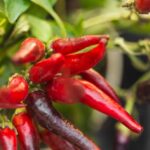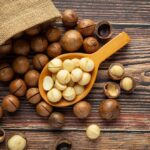The latest export estimates from the Citrus Growers’ Association of Southern Africa (CGA) showed a further reduction in orange exports for the 2024 season underpinned by a combination of inclement weather in the production areas and the increased competition from the juicing market.
Weather conditions have not been favourable with drier and warmer conditions reducing fruit sizes, followed recently by freezing conditions in some areas. Surging international orange juice prices due to production cuts in the US and Brazil spurred the recent upswing in demand for the juicing market locally. Consequently, orange juice prices have increased by 34% since the start of 2024 at US432/ pound (lbs) after reaching an all-time high of US486/ lbs during May 2024.
On the export side, the CGA expects Navel orange volumes at 21 million (15kg) cartons relative to the opening seasonal estimate of 25.7 million cartons. For Valencias, the new estimate is 51.6 million cartons which is down by 11% from the original estimate for the season with Letsitele, Hoedspruit and the Senwes (Marble Hall and Groblersdal) areas being the biggest contributors to the reduced estimate.
Although the local market will still have fruit, we expect tight competition with the juicing market pricewise. The impact on producers will be varied according to location, but overall better juice prices may somewhat compensate for lost export revenues. At consumer level, orange prices were already 23% higher in June 2024 relative to the same month in 2023, although having decreased by 8.4% m/m according to the latest monthly consumer price inflation update from Statistics South Africa.
Our analysis of orange prices on South Africa’s major Fresh Produce Markets (FPMs) shows that orange prices for the first three weeks of July 2024 were 51% (+R1.92/kg) above the same period in June at R5.71/kg, which is 35% (+R1.47/kg) higher relative to the same month last year. For the year-to-date, average orange prices increased by 55% (+R3.23/kg) relative to the same period in 2023. Broader implications are upside risk to near term fruit inflation which has recently clocked -2.2% m/m in June and slowing to 4.1% y/y from 4.3% previously.
By Paul Makube, Senior Agricultural Economist, FNB Commercial








